Reserve Las Torres protects biodiversity in Patagonia, its flora and vegetation. Learning about the variety of plants in their natural habitat raises awareness about the importance of conservation and offers understanding of the beauty and fragility of the natural environment. You can contribute to conservation while enjoying a unique tourist experience in Patagonia.
¡Porcelain flowers, buttercups, Pinsweeds and dwarf forests! It is not about crafts, or tailoring, nor about Snow White’s forest, it is about the flora and vegetation of Las Torres’ protected area in Patagonia.
Human beings have a close relationship with plants, we even depend on them for food and medicine. Throughout time we have damaged the plant kingdom, however today we have the necessary information on how to avoid hurting it and raise awareness of its importance.
Plants and Their Names
Do you remember in science class that we were taught the names of plants? If so, you know that plants are assigned common names, but that they also have scientific names. The first type of names are based on visible and distinctive traits. These everyday names are recognizable by all and based on references outside of the world of botany. The second type of names correspond to scientific classifications. The goal of these classifications is to organize living organisms into groups, based on particular characteristics, in order to study and conserve them.
A Bit of Botany
When we refer to a plant by species or common name, we’re able to recognize this specific flora within the surrounding vegetation. Plants can be typical to the place or native, or exotic and brought into a place. In Magallanes and Torres del Paine, native plants correspond to approximately 70% of the flora here, exotic plants around 30%. The latter have come mostly from Europe and in the past used for ornamentation and food. Below, we review some of the flowers that you can find if you come to Torres del Paine.
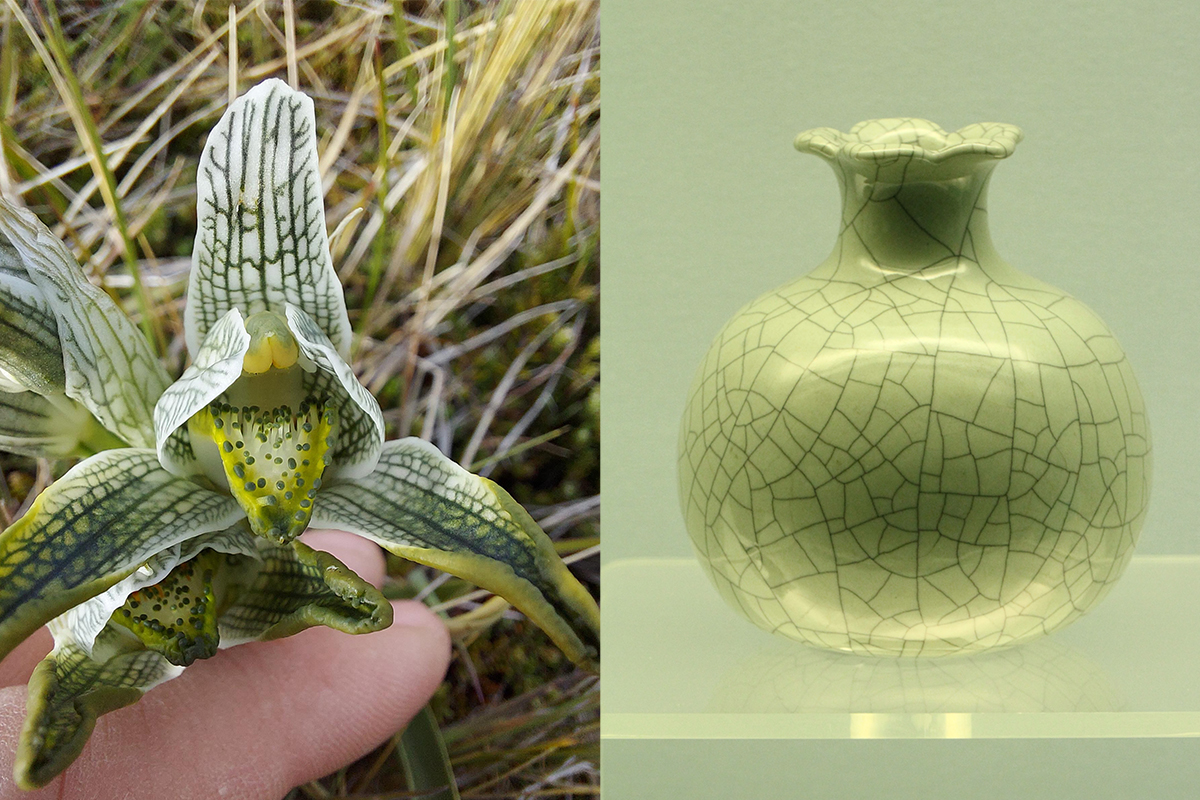
The porcelain flower is the common name of the species Chloraea mgallánica, it is a plant that develops a very characteristic flower. For another flower, the name buttercup is used and refers to species Ranunculus genus. The Ranunculus peduncularis plant has bright yellow flowers. In both cases, this flora is native to Patagonia.
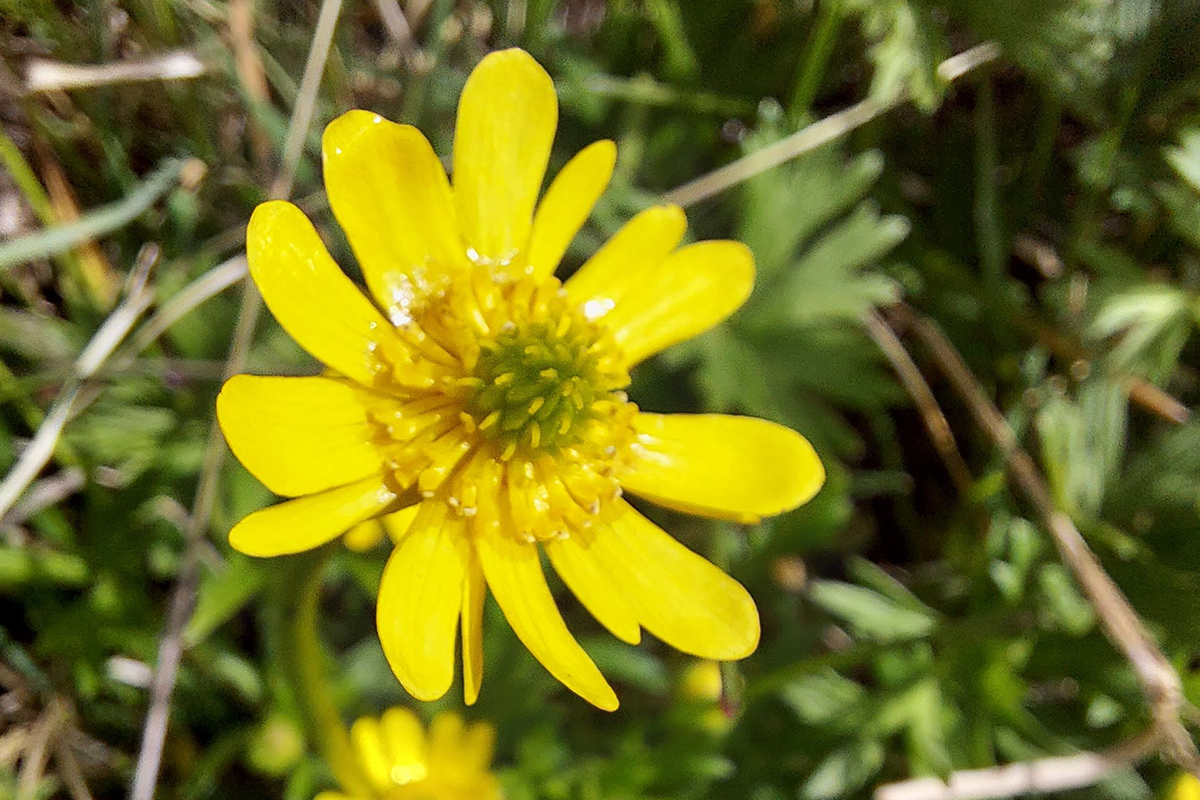
Another plant here is the Pinweed or Erodium cicutarium. This plant was used for foraging and is of European origin. It is characterized by developing a pin-shaped structure.
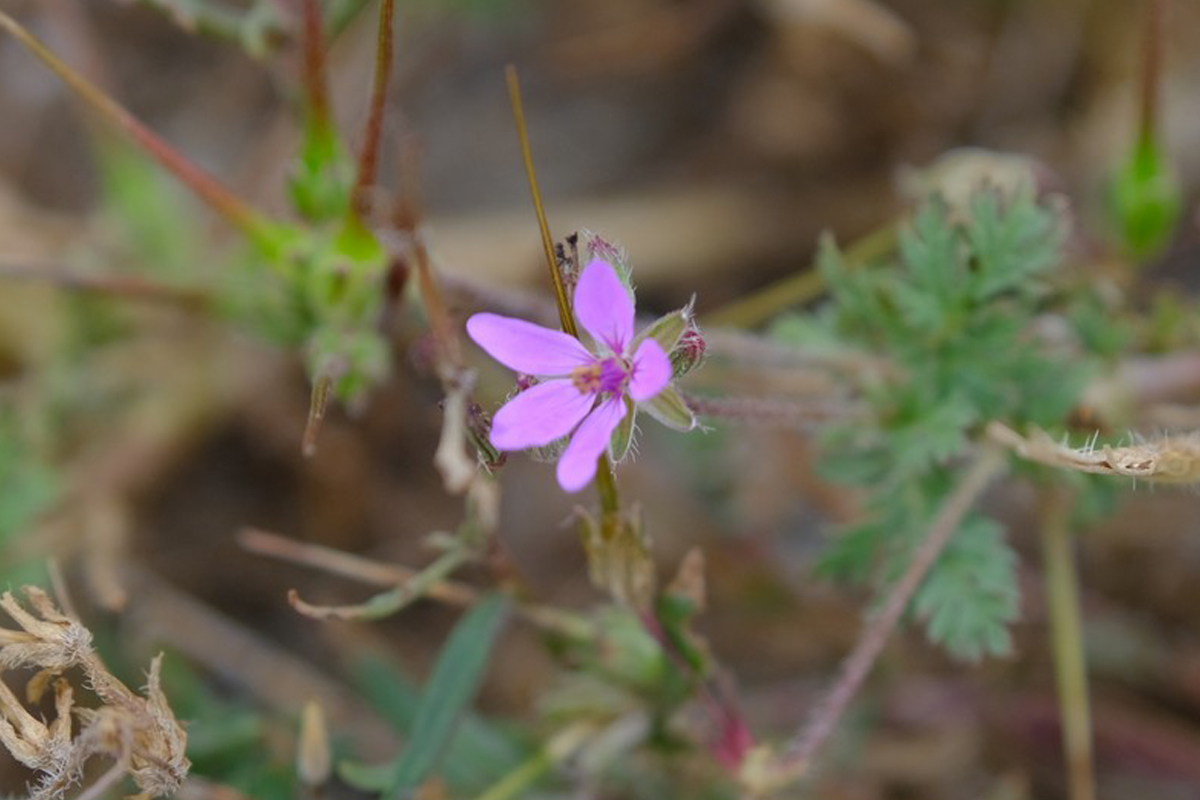
¿What Can The Vegetation Tell us?
A set or groups of plants of different species form different landscapes, through the type of vegetation they have. These areas usually have assigned common names, such as forest, scrub or grassland, among others. In some cases, the differences have to do with appearance. For example, the dwarf or stunted forest, with its small, stubby trees, does not grow like others of its kind due to limiting factors such as wind, or scarcity of water and nutrients.
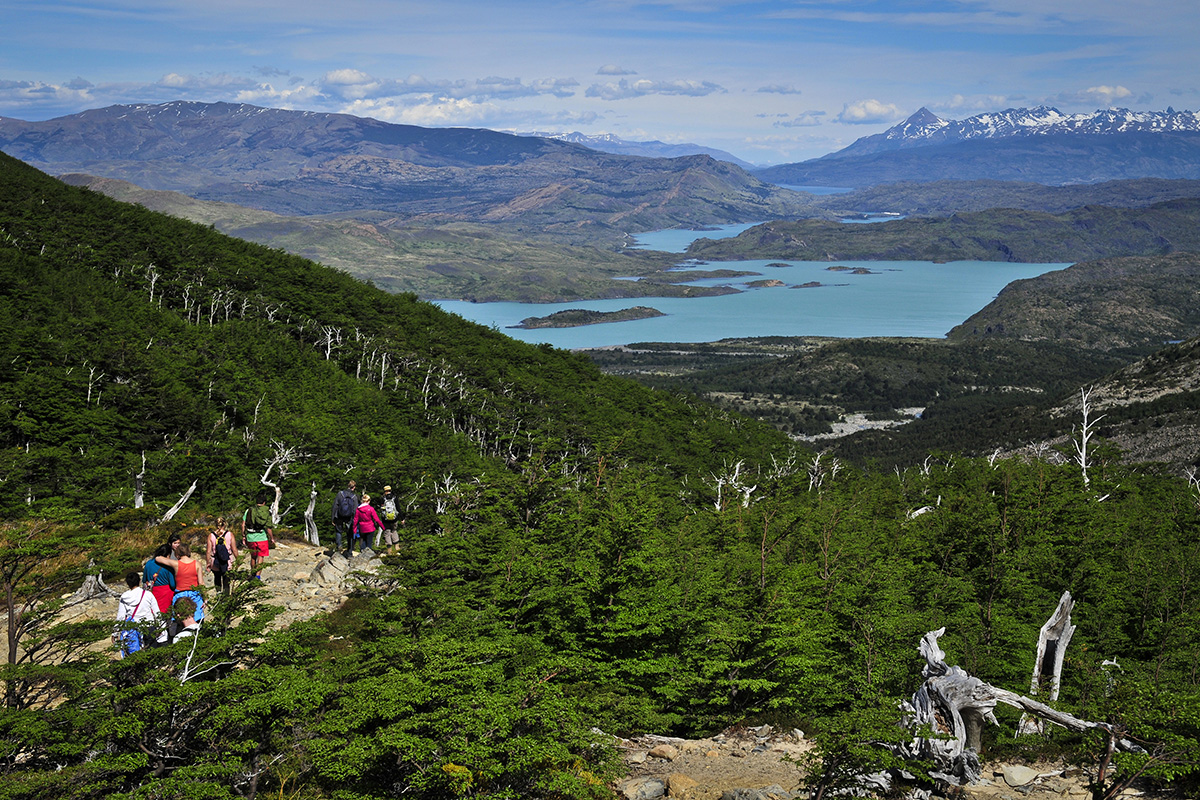
A technical name for this type of vegetation can be “tree scrub”, as occurs with ñirre in high and exposed places, or in peat bogs, waterlogged where there are limited nutrients. The deciduous forests (leaves that fall in autumn) of lenga or the perennial forests (with leaves all year round) of coihue or the xerophytic (arid) scrub of mata guanaco are also scientific names for these types of vegetation. This is how we interpret the landscape through the vegetation, and we can know if it is a dry or rainy place.
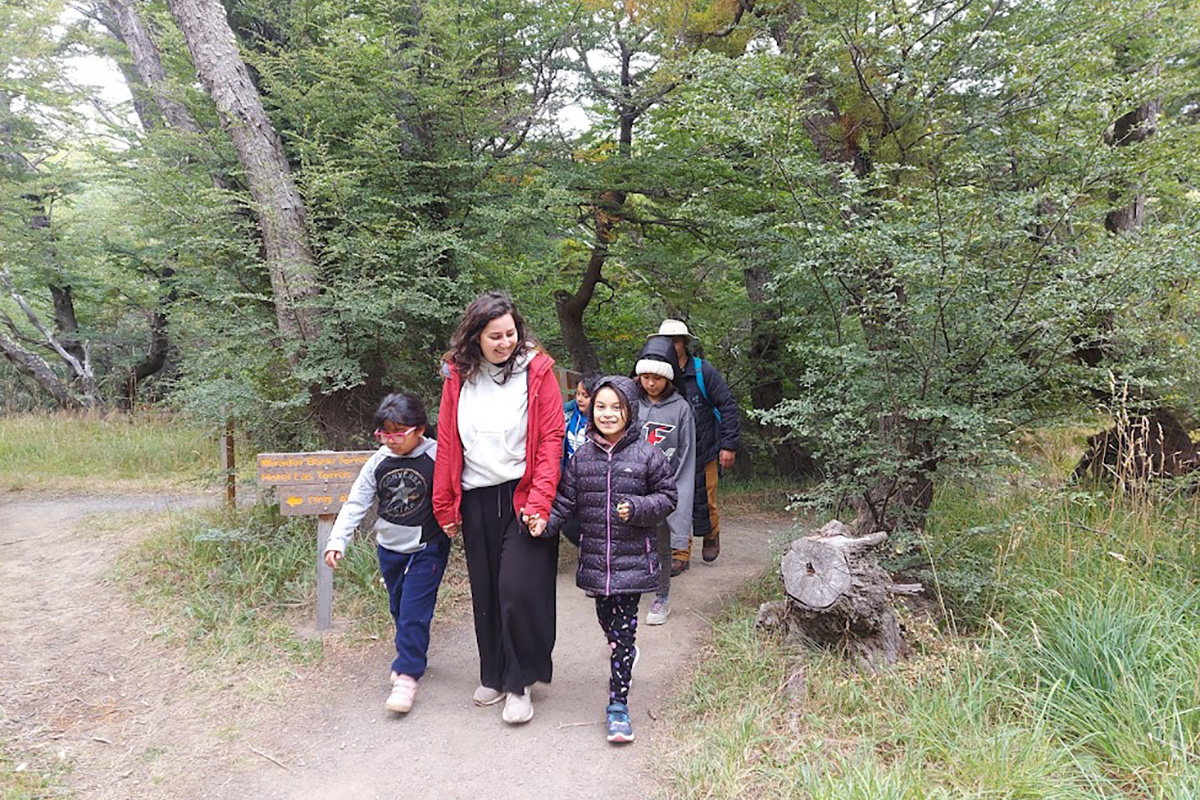
Conservation of Flora and Vegetation
The flora and vegetation of Las Torres Reserve is representative of Patagonia and, in this sense, its conservation essential. This is why the Reserve has a program exclusively charged with protecting it. Through this type of conservation, catastrophes such as the mega-fire in 2005 that affected the Torres del Paine National Park and destroyed nearly 250 hectares of forest in the Las Torres Reserve, can be avoided.
This work can be seen in the participatory reforestation promoted by the NGO AMA Torres del Paine, in the Tu Mejor huella para el Paine campaign, in the conservation of seeds and the forest nursery.
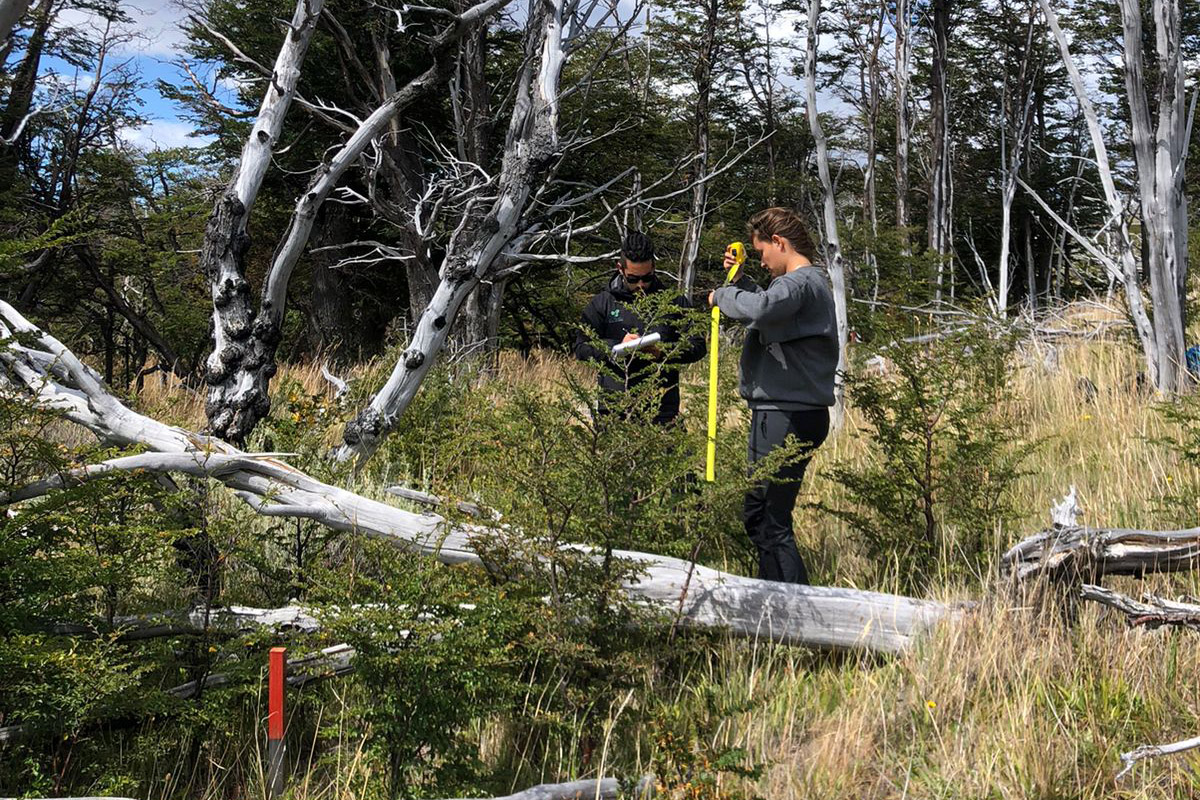
At Las Torres Reserve we do our best to take care of the vegetation, and protect the species, habitats, and ecosystems of Patagonia, because they are our natural and cultural heritage. You can help!
How can we do it? The first step, without a doubt, is to know how to protect our natural flora! By recognizing the local plants and vegetation, we can be aware of the treasure that these living beings that surround us represent.
Would you like more information regarding our conservation programs? Subscribe to our Newsletter,